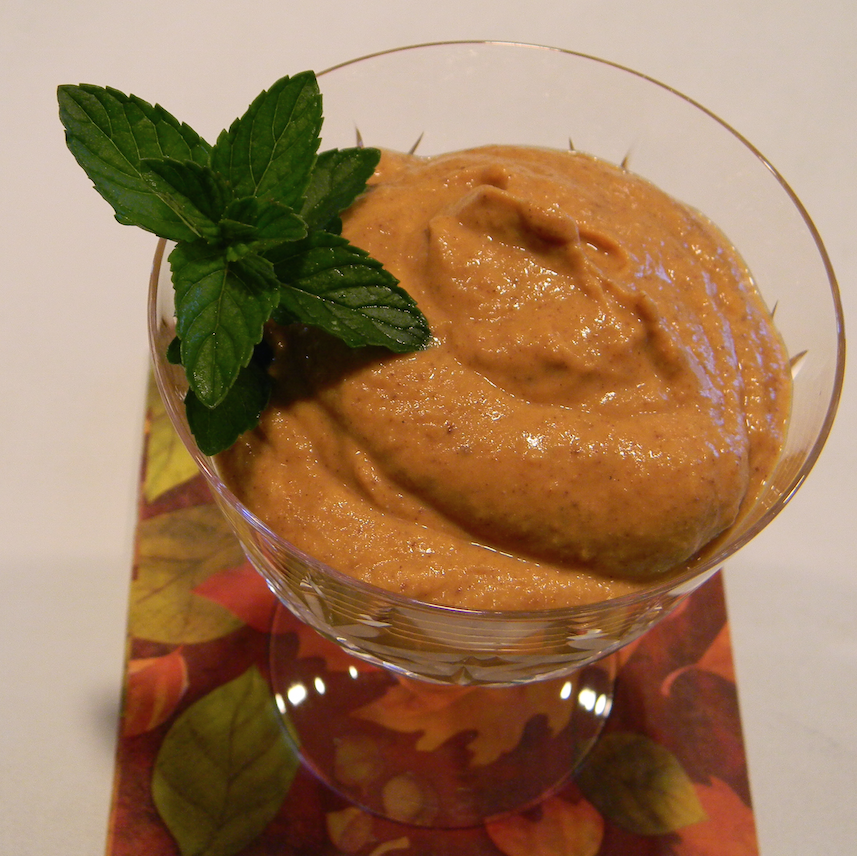Pumpkin
Published 12:41 pm Wednesday, November 8, 2017

- Pumpkin Chocolate Yogurt
I love this time of year. The trees are turning colors the temperature is cooler and the crisp scent of autumn fills the air. A hiatus of sorts when things seemed to slow down a bit before the rush of the holidays arrive, to usher in winter.
My favorite visual que of fall’s arrival are Pumpkins. The deep orange round ones with lovely ribs and a sturdy curved stem at the top to be exact.
Pumpkins or “pompion” as they were known as in colonial days are a cultivar of a winter squash plant. They were an important food source for the indigenous peoples of North America and considered crucial to survival during the winter months by the early colonists. I can say with some certainty that you would not have found the colonists carving them up for Jack O’ Lanterns or using them as decorative displays of fall, like we do today.
In addition to being an important food staple for their livestock as well as themselves, Colonial Americans also made pumpkin beer or ale.
It is thought that the practice of carving jack o’ lanterns derived from Celtic traditions brought to America by Irish immigrants. The practice of hollowing out gourds to make lanterns to light the way of travelers at night and to ward off evil spirits during All Hallows Eve was common place for them in Europe. In the nineteenth century when they arrived in America they used pumpkins due to the fact that they were plentiful and larger than gourds.
The Native American people of North America consumed every part of the pumpkin plant leaves, flowers, flesh and seeds. It was common practice for them to treat intestinal worms and urinary ailments with pumpkin. They also utilized them as drinking vessels, bowls and containers for storage.
Around the early 1970’s many hybrids of pumpkins were being developed driven by the American consumer’s desire for the “perfect” carving pumpkin. Edibility and taste took a back seat to color, size, shape and durability. As a result, most of the pumpkins grown today are for decoration.
Heirloom pumpkin seeds can still be found in the market for those who wish to grow the old fashion sweet and flavorful pumpkins for consumption. Edible pumpkin is high in fiber and is an excellent source of provitamin A (beta-carotene), Vitamin A and Vitamin C. The seeds of these particular pumpkins are also rich in nutrients and can be a good source of protein, magnesium, copper and zinc.
Pumpkins are being studied for their possible health benefits in immune health, regulating blood pressure, combating diabetes and reducing the risk of cancer.
Let’s bring edible pumpkin back to the dining table. Here’s a healthy quick and easy dessert recipe you might enjoy;
PUMPKIN CHOCOLATE YOUGURT
Mix all of the following ingredients. Chill for at least 30 minutes. Garnish and serve.
1/3 cup plain greek yogurt
½ cup pumpkin puree (canned pumpkin is fine, just check to make sure pumpkin is the only ingredient listed on the label.)
1 tablespoon honey
½ teaspoon cinnamon
1 teaspoon cocoa powder
Garnish ideas; a dollop of whipped cream, sprinkle of nutmeg or a drizzle of melted chocolate.
Dawn Conrad is a columnist for The K-V Dispatch. She can be reached at conrad.gardenmuse@gmail.com or fb.me/conrad.gardenmuse.


